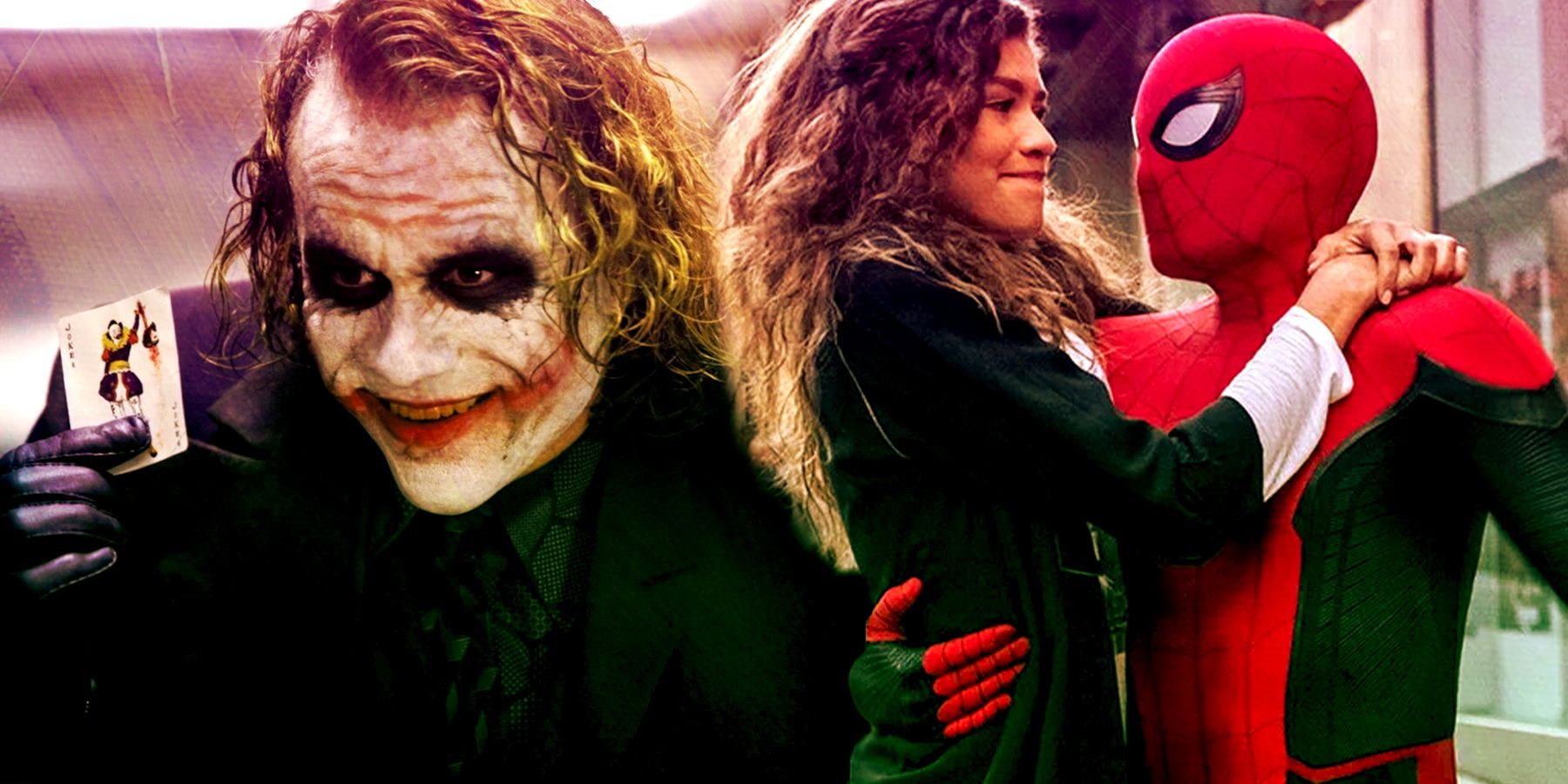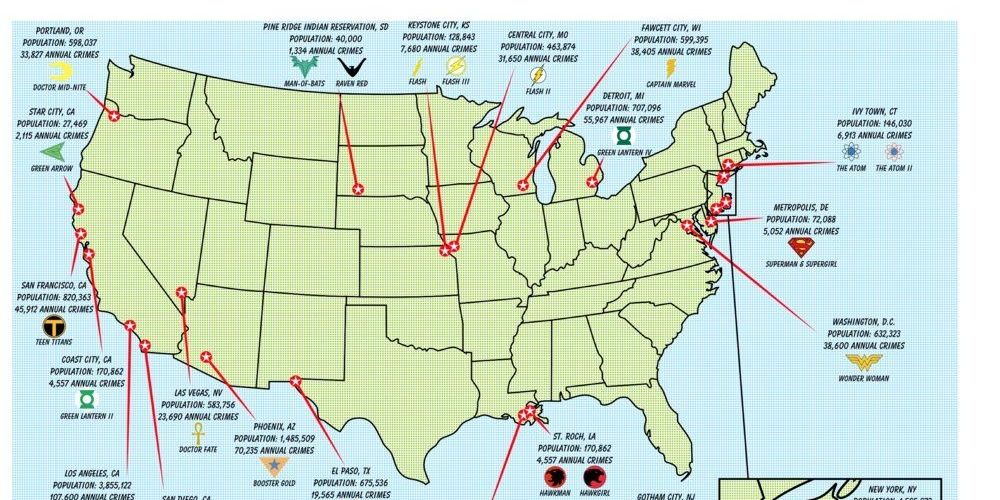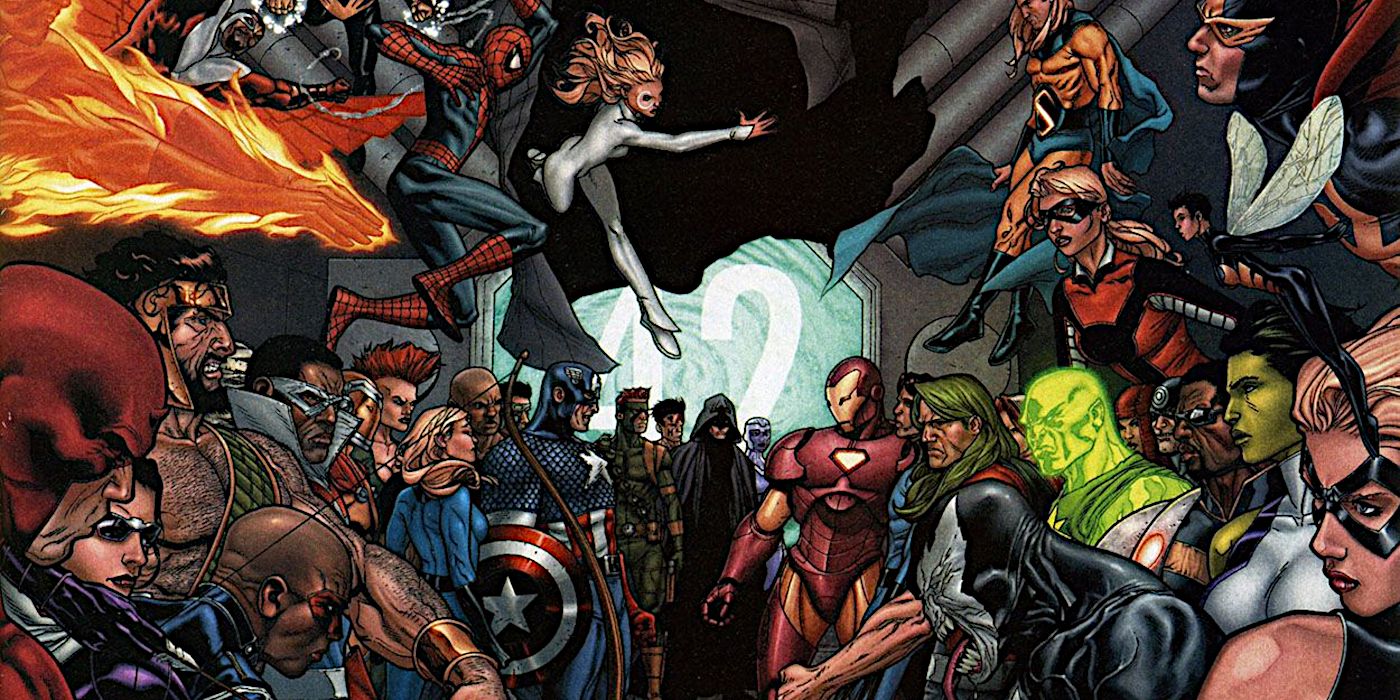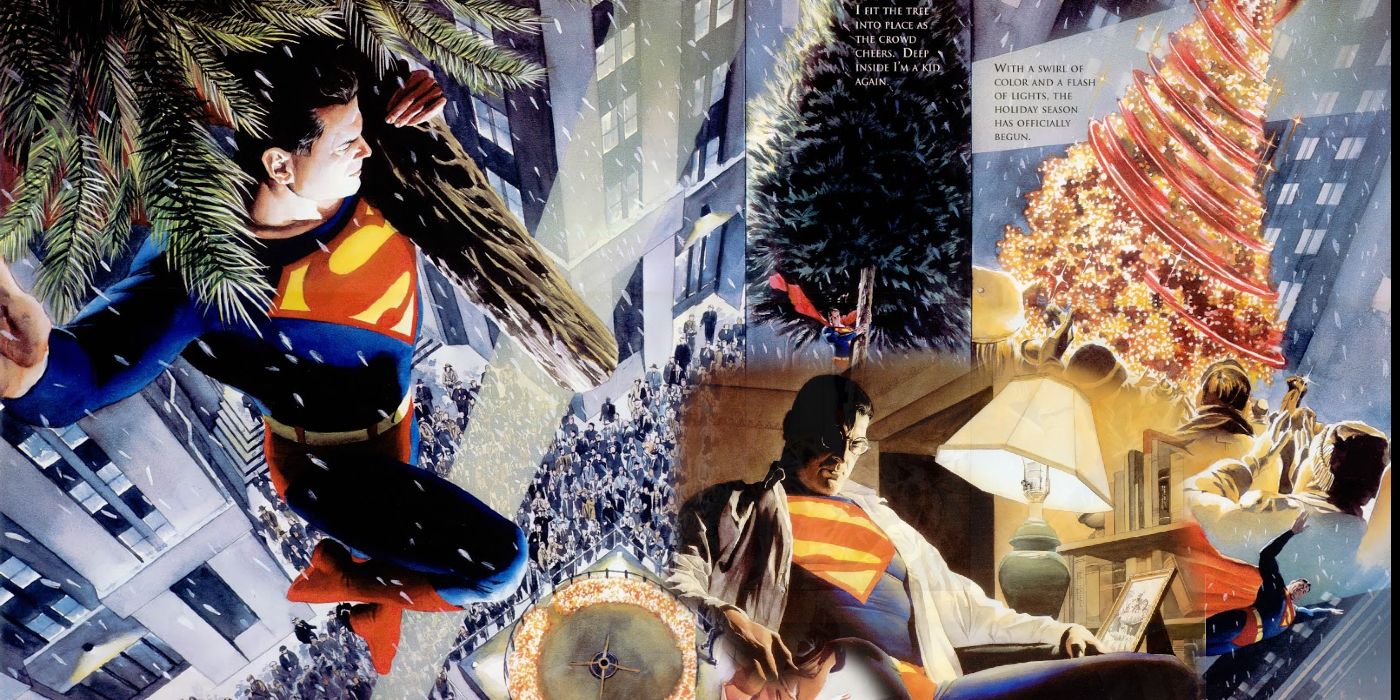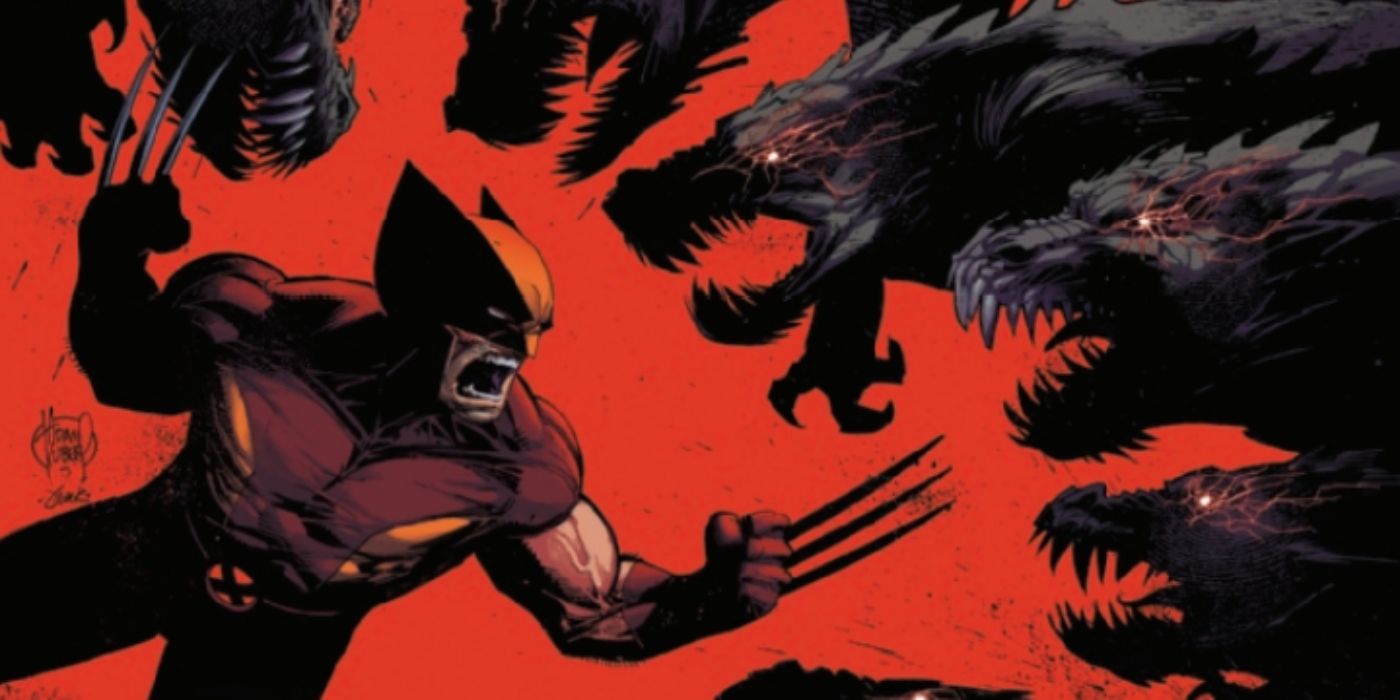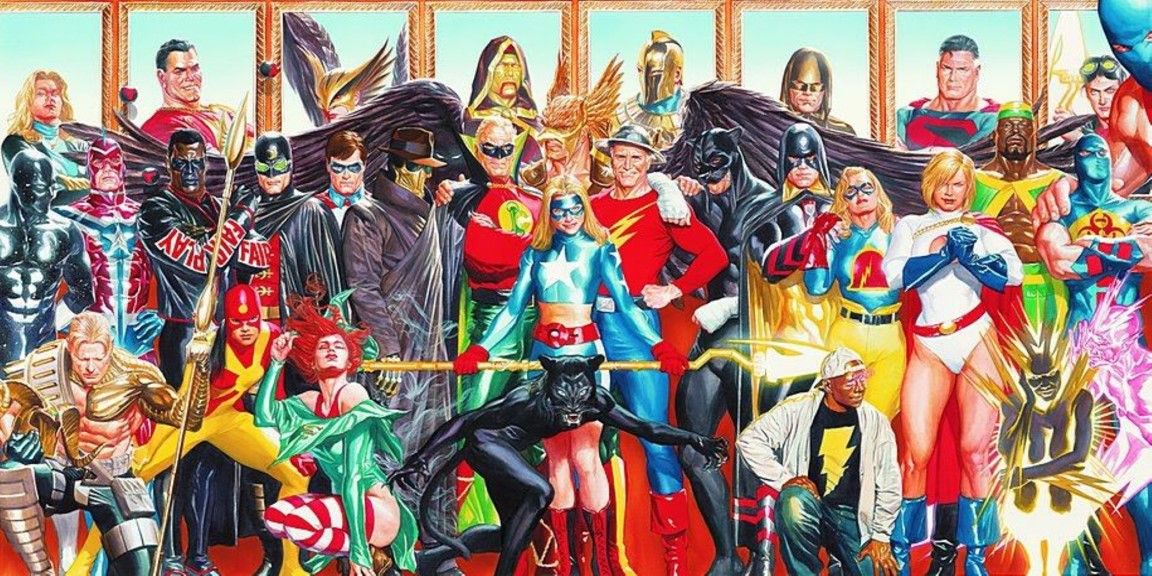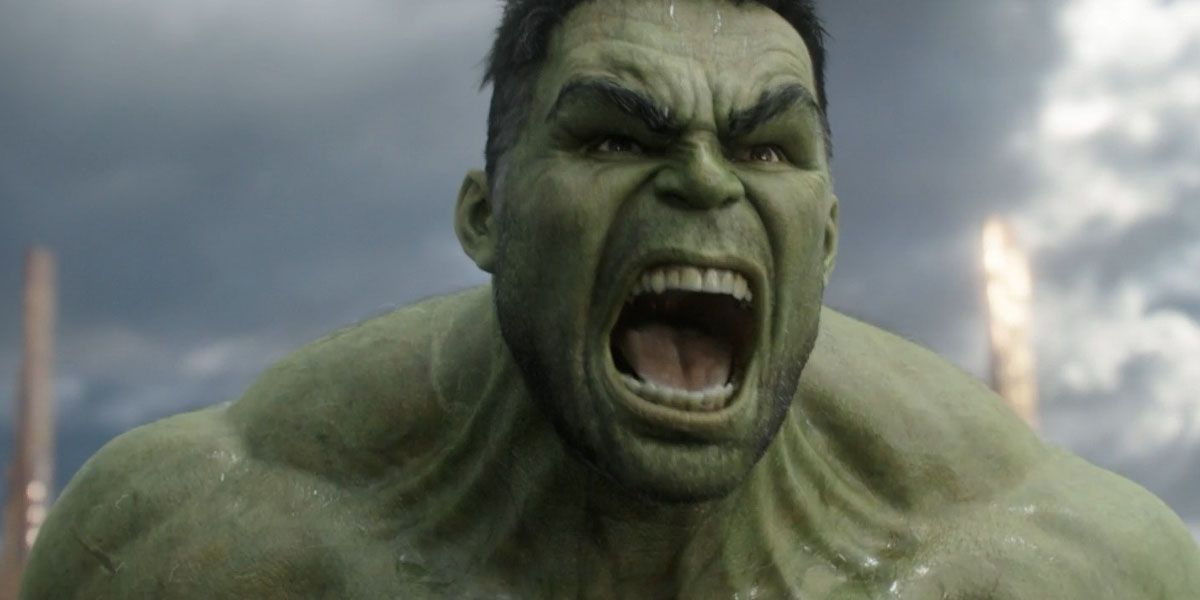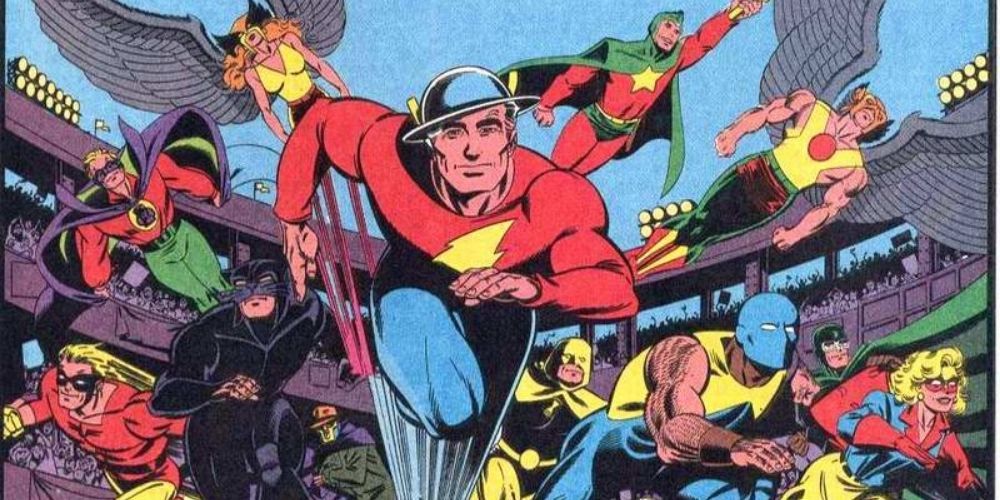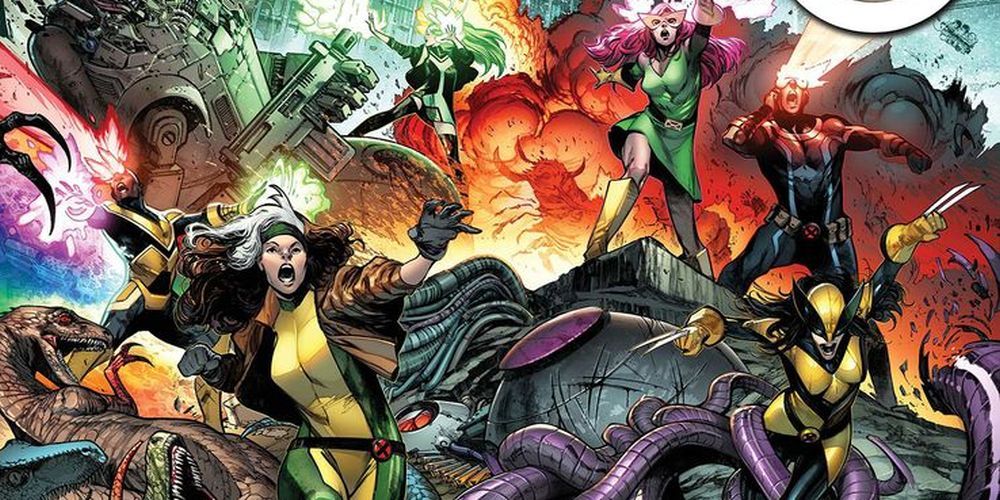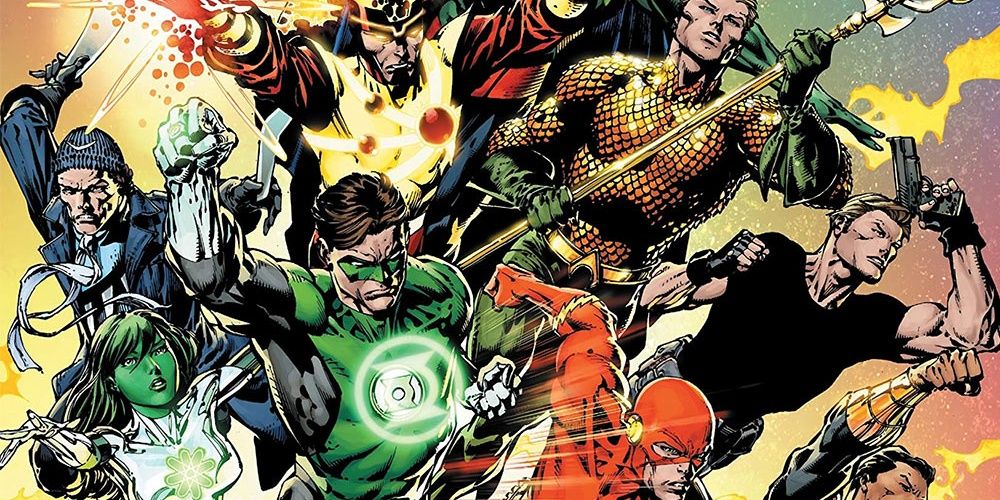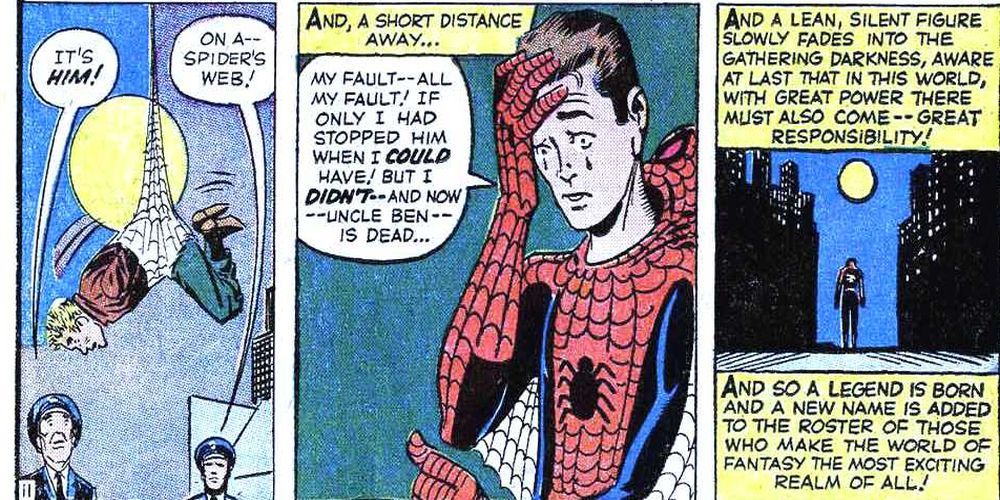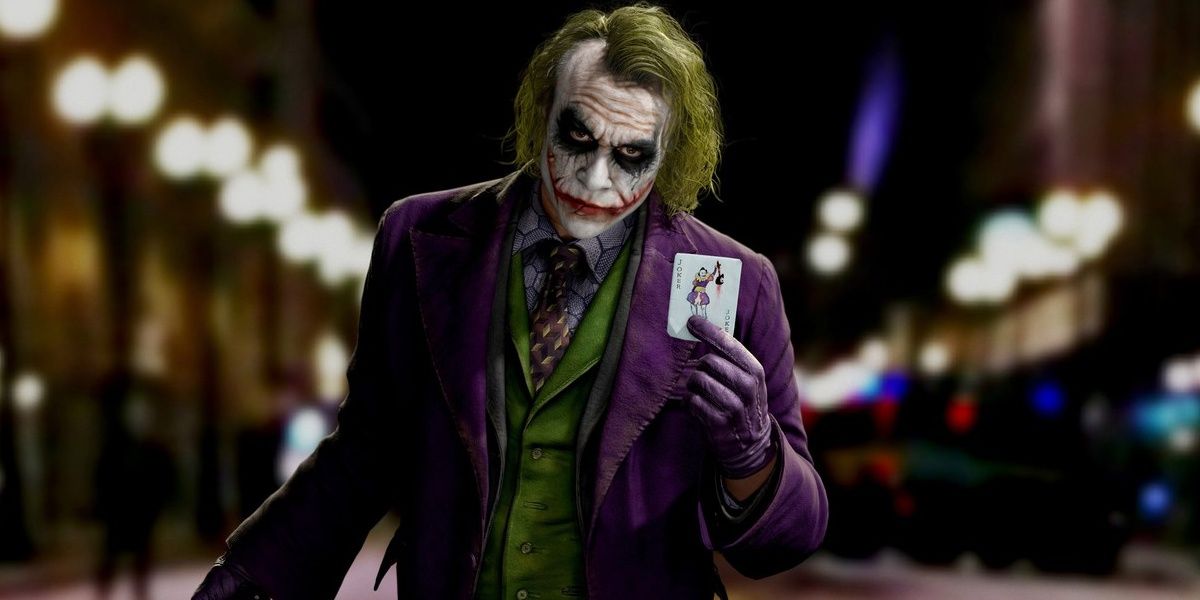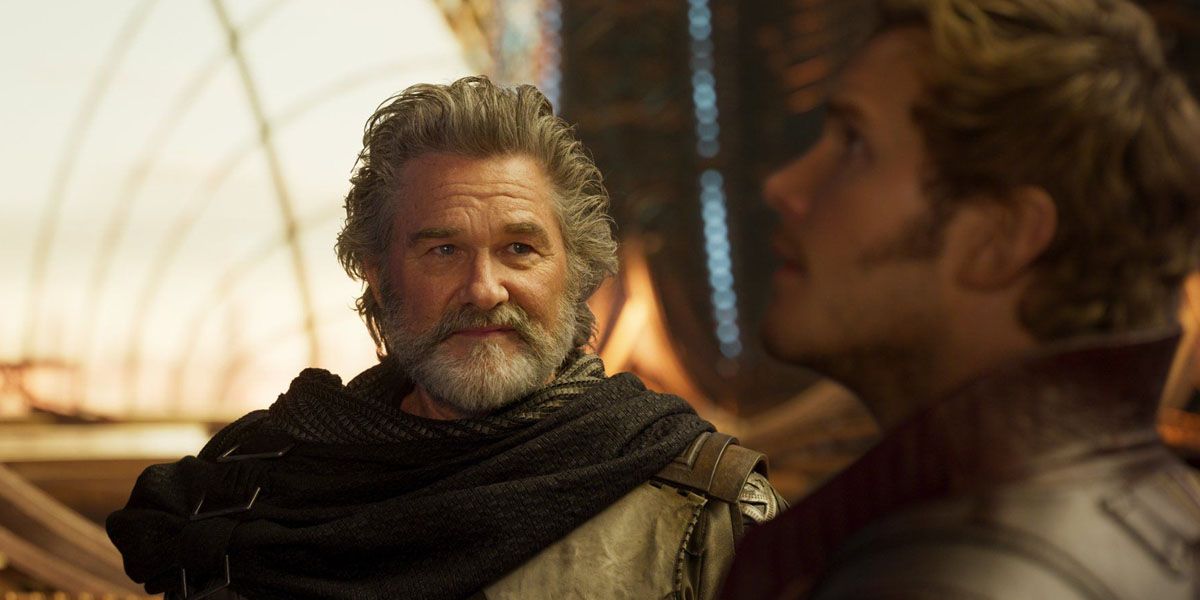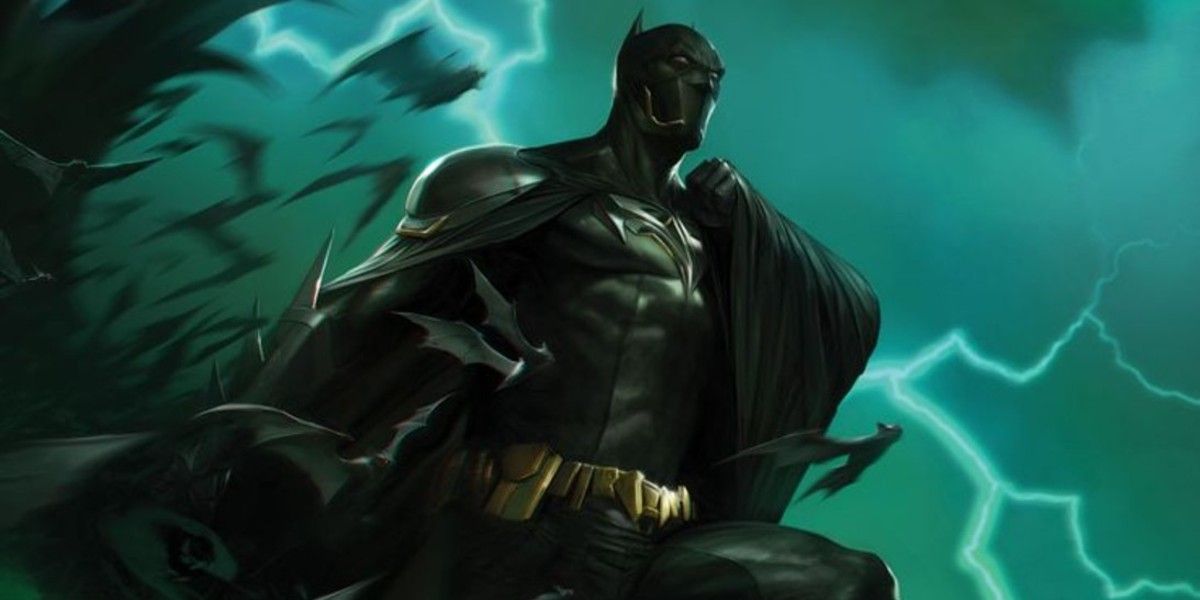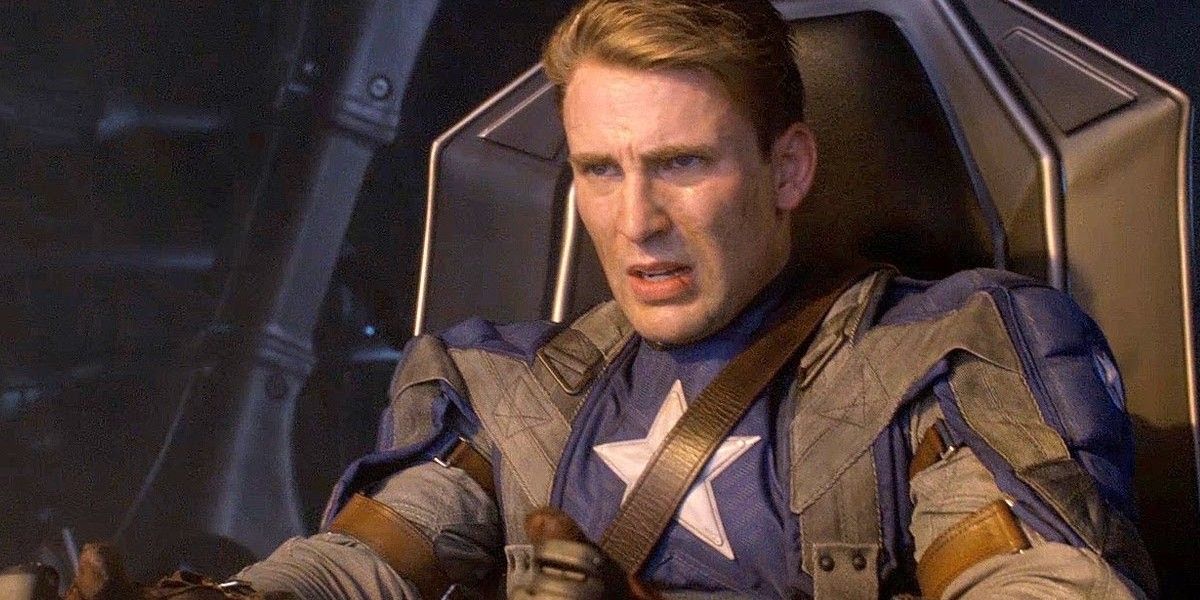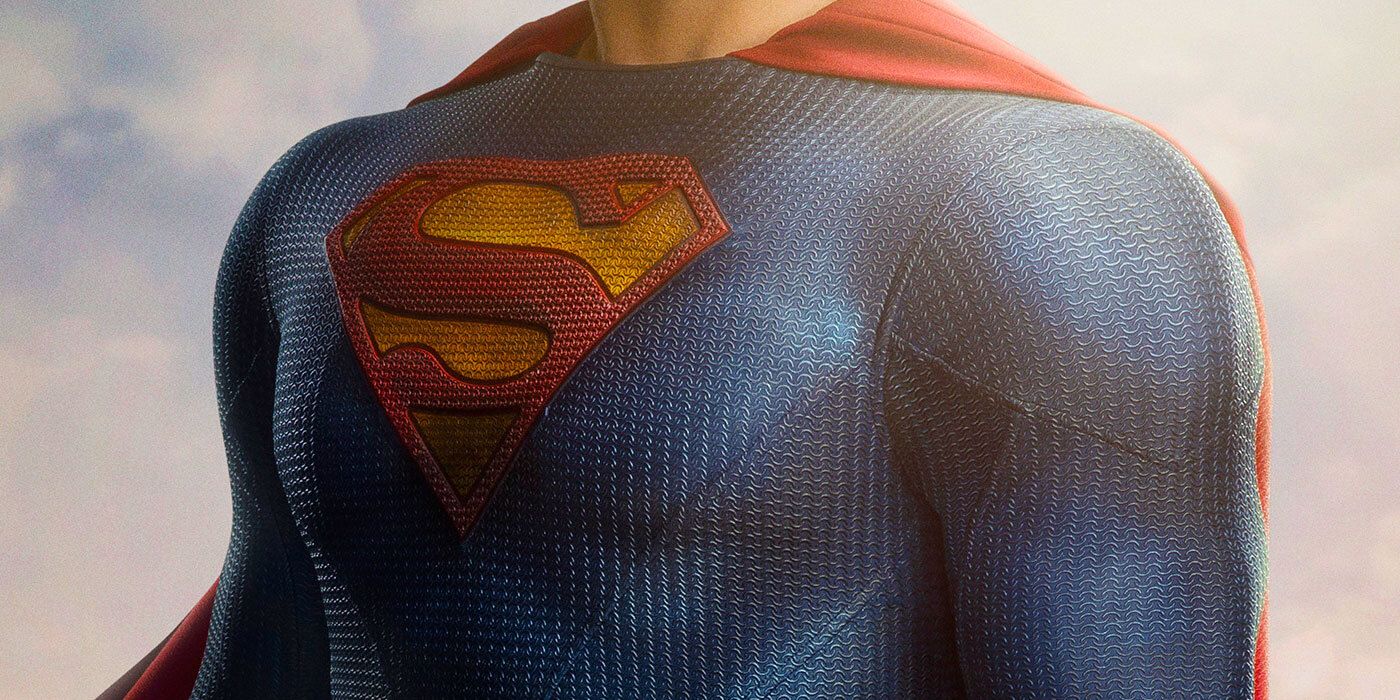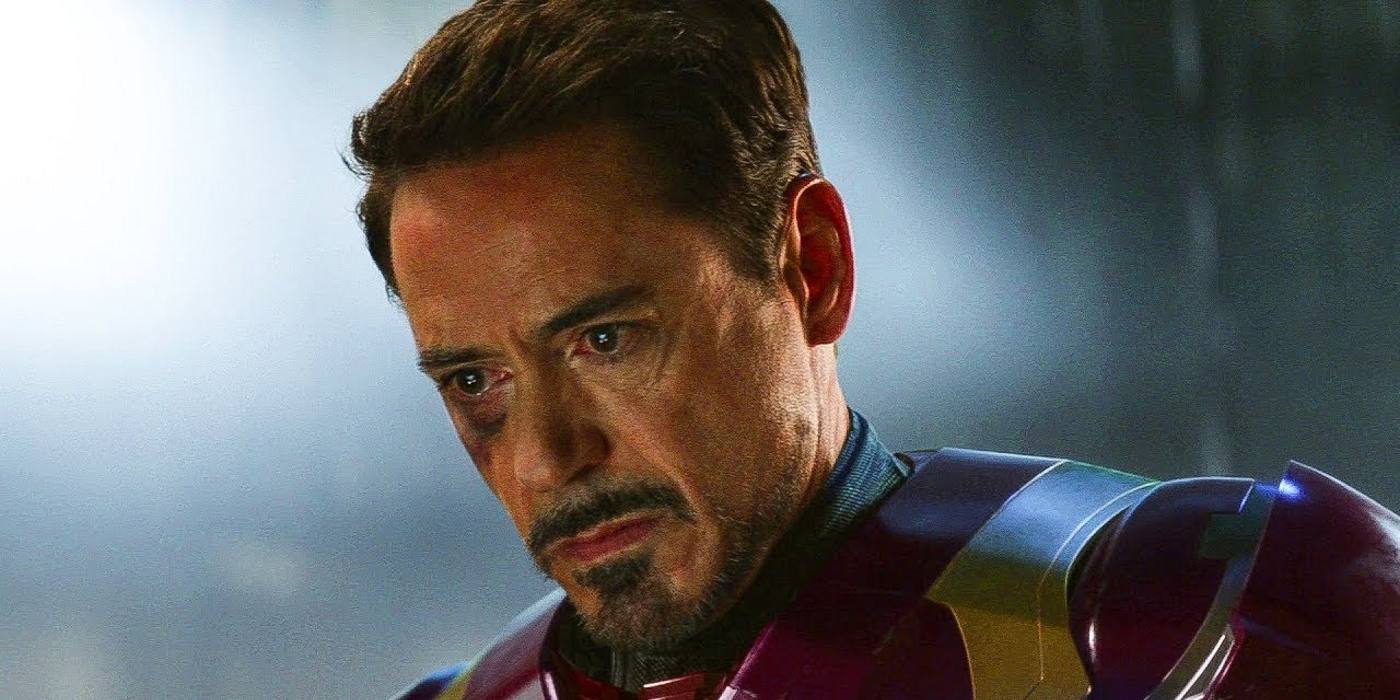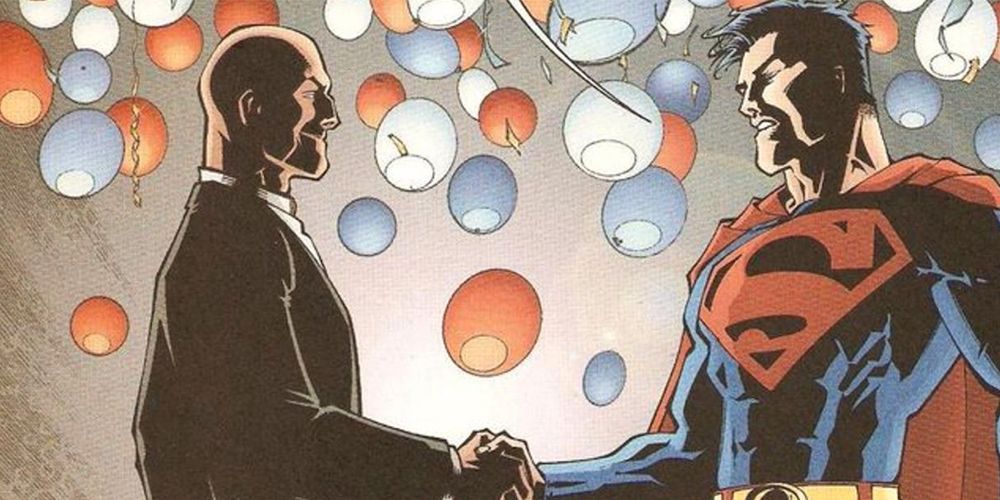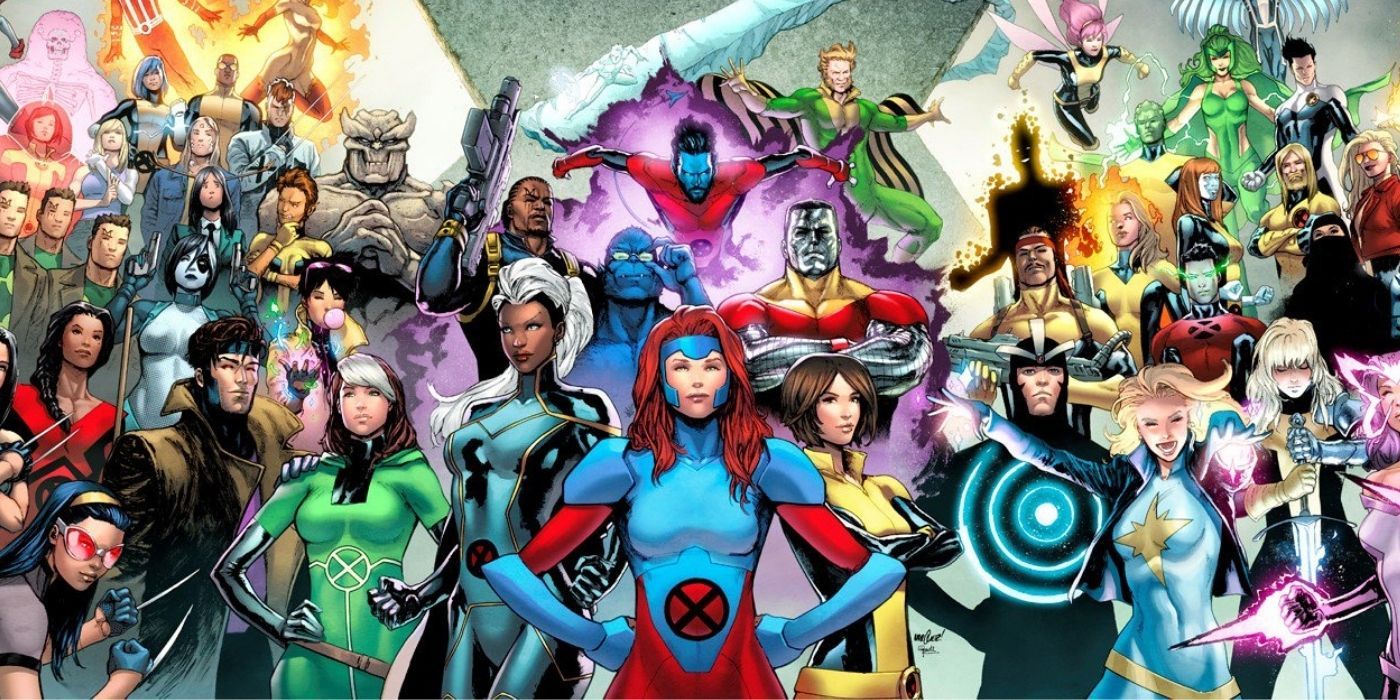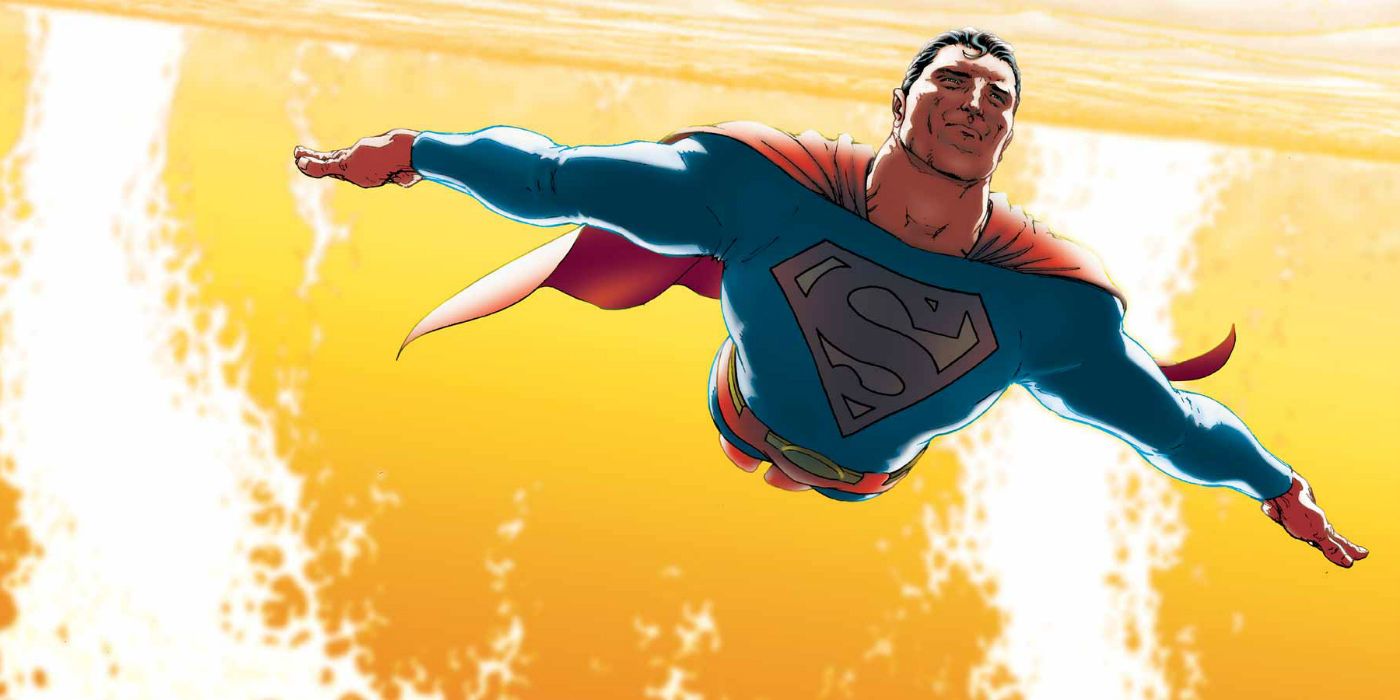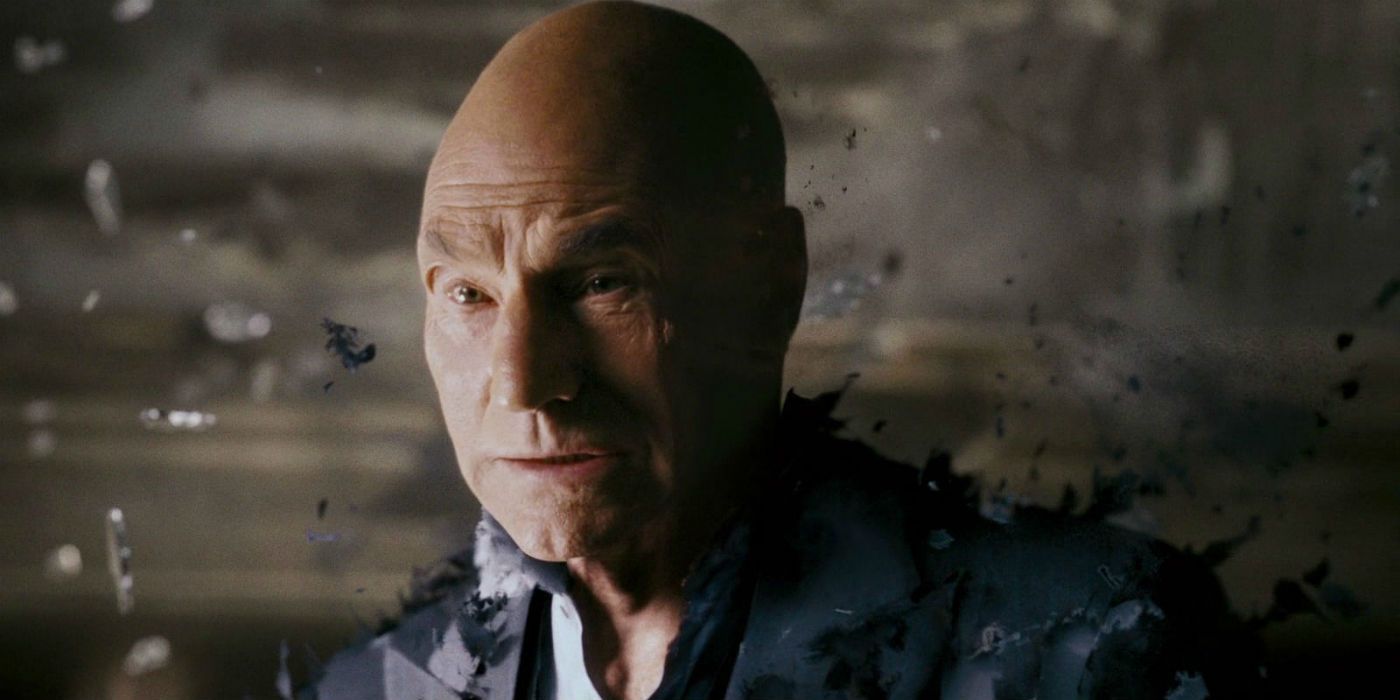The interesting thing about Marvel Comics and DC Comics is that, while they have plenty of similarities, there are many fundamental differences as well. If both companies were completely the same, there would be no reason to distinguish between properties. Since they are different, the way their heroes are written and treated are different as well.
The superheroes of Marvel Comics have a lot of fun, form a lot of teams, and come from regular stock. The heroes at DC, on the other hand, are a bit grim, try to fight solo all the time, and are incredibly powerful. While there are many differences between the characters, they are all united under the banner of superheroism.
Updated on November 29th, 2022 by David Harth: Marvel and DC have long been very different. The superheroes of the both universes have many things that are quite different. Over the years, fans of both have been able to identify these differences, making the contrast between the two even more stark.
20 DC Superheroes Are More Spread Out
Marvel's superheroes were long focused on New York City and its surrounding environments, something that differs greatly from the DC Universe. DC's cities are spread across the US, protected by heroes. For example, Gotham and Metropolis are both on the East Coast. Coast City and Star City are on the West Coast, while Central and Keystone are in the middle.
DC's heroes have always been more spread out than Marvel's. Even today, Marvel's heroes are still mostly based in New York City. DC's superheroes protect the entire world, but they specialize in their hometowns, keeping them safe from the worst villains.
19 Marvel's Superheroes Are Much More Contentious
Since the Silver Age, a big part of how Marvel's heroes interact with each other is fighting. Pretty much every crossover between characters started with a fight, something that soon became a common trope. Fans enjoyed this a lot, and it became a huge part of Marvel's publishing line in the 21st century.
As such, most of the events of the '00s and early '10s focused on hero vs hero battles. This even happens within Marvel teams. For example, the Avengers have multiple rivals as members, and they've come to blows often. It feels like Marvel's heroes are ready to fight each other at the drop of a hat.
18 DC's Superheroes Are Generally More Beloved By The Populace
One huge difference between the DC and Marvel Universe is how the heroes are perceived by the public. While everyone knows that Marvel mutant superheroes are generally hated, even other superhuman heroes get painted with a similar brush. Marvel's general public has a lot of reservations about the heroes who protect them, and they aren't exactly wrong.
DC's heroes are more beloved by far. The people respect and look up to their heroic protectors in a way that doesn't happen in the Marvel Universe. Big name heroes like the Flash and Superman are A-list celebrities, with museums devoted to them, and even B and C-list heroes have their fans.
17 Marvel Superheroes Are More Violent
Marvel superheroes have long been much more violent than their DC counterparts. This started with heroes like the Hulk, whose entire schtick was fighting anyone who didn't leave him alone. Marvel eventually went all in on the anti-heroes, introducing Wolverine and the Punisher in the '70s. These two had no problem killing, and their success brought about more heroes just like them.
Many of Marvel's heroes don't kill, but that doesn't mean they're any less violent. For every Captain America out there, there's a Daredevil. Even Spider-Man has been known to go off the deep end when the people he's loved are threatened. When the mid-00s militarization of the Marvel Universe happened, a lot of heroes who were anti-killing in the past quietly left that behind.
16 More Of DC's Golden Age Superheroes Are Actually Important
DC's first superheroes debuted in the Golden Age. The publisher basically created the superhero and was the first of the Big Two to bring their heroes together in a team: the Justice Society. As the years went by, the Golden Age heroes would fade away, but the Silver Age brought them back to prominence. Ever since then, the Justice Society has played a big role in the DC Universe.
At Marvel, only Captain America, Bucky, and Namor are important. The Invaders, Marvel's Golden Age hero team, didn't actually exist during the Golden Age and were a retcon. The best Golden Age DC heroes still exist today, and many play a bigger role than their Marvel counterparts.
15 Marvel Superheroes Seem To Be Radioactive
In an issue of The Immortal Hulk, writer Al Ewing seemed to connect the development of several prominent Marvel heroes, including the Hulks, to some form of radiation. Those familiar with the Silver Age origins of many of these characters would agree. Be it cosmic rays, gamma radiation, or old fashion fissionable material, a lot of normal people got irradiated.
In turn, the Fantastic Four, Spider-Man, Daredevil, and the Hulk were created. In fact, the gamma radiation that transformed Bruce Banner into the Big Guy also transformed Jennifer Walters (She-Hulk), Leonard Samson, Rick Jones, and Betty Banner (Red She-Hulk) into mutated forms of themselves. Overall, gamma has been Marvel's go-to hero creator for decades.
14 DC Superheroes Are Built On Legacy
There's a huge discrepancy between DC and Marvel when it comes to legacy heroes. The latter only has a handful of superheroes, Captain America and Bucky among them, that are still active in the present day. Conversely, the Golden Age heroes at DC have created a legacy unlike anything at Marvel.
Consider what DC did with the Golden Age Flash, Green Lantern, Hawkman, and Justice Society. Although they briefly disappeared in the 1950s, they were resurrected in the Silver Age and given their own home, Earth-2. After Crisis on Infinite Earths, most of them remained in the new single universe. The JSA has been reincarnated several times since that 1980s event, and DC's Golden Age legacy heroes are some of their most popular and important.
13 Marvel's Mutant Superheroes Aren't Welcome
It's no secret that there's an anti-mutant sentiment in the Marvel Comics universe. Since the inception of the X-Men, the citizens of Earth-616 have shown hatred toward these types of heroes. This perspective persisted even when the X-Men ended up saving the planet and the galaxy, or when they ended up sacrificing their own.
The mutant heroes over at DC don't have this problem. First, there aren't as many mutants as there are at Marvel. Second, even if they gained their abilities through some form of natural genetics, it isn't really discussed. If so, Superman's genetic ability to absorb solar rays for power would make him an enemy of society.
12 DC Has A Brighter Outlook
In Avengers/JLA #2, Superman said something about Earth-616 when he arrived. To paraphrase, it was darker, smaller, and the atmosphere was oily. This sums up the hopelessness of the Marvel universe and the hopefulness at DC.
This only extends to their comic universe. The DCEU is much darker. Nevertheless, most big events DC has presented since Crisis have ended with hope. Even that legendary maxi-series displayed a life must go on attitude with, for example, Wally West taking on his late uncle's mantle and becoming the Flash.
11 Marvel Superheroes Are Generally Flawed
Stan Lee decided to revamp the Marvel superhero universe in the 1960s. To do so, he worked with people like Jack Kirby and Steve Ditko to create different superheroes than the ones from the Golden Age. Those that premiered during that first half of that decade had one thing in common: they were flawed.
Spider-Man is a perfect example. His Uncle Ben used to say, "With great power comes great responsibility." Yet, Peter Parker didn't take that to heed. Instead, he used his powers to earn money. The fact he let the killer of his uncle get away set Mr. Parker up for a lifetime of doubt about himself and his powers.
10 DC Superheroes Face More Strain On Their Mental Health
The problem a lot of DC superheroes face is they have to fight villains who are completely out of their range. The sadistic evil inherent to characters like the Joker, who absolutely can't be reasoned with, is unmatched over at Marvel Comics.
DC’s superheroes have to go up against characters like Zod and other super-powered beings who seem pretty impossible to stop. Going up against villains like this puts a deep strain on the superheroes at DC, because they’re constantly being put up against seemingly insurmountable odds and villains that are beyond their capture.
9 Marvel Superheroes Have To Fight Planets
The scope of Marvel’s superheroes seems smaller because the heroes seem more human and thus their villains should be more human too. However, Marvel superheroes contend with massive supervillains completely beyond their scope. Characters like Iron Man — just Tony Stark, a human in a metal suit — are in the same universe as supervillains like Ego, the Living Planet.
DC superheroes may have a difficult time grappling with the supervillains who have become bent on death and destruction for chaos' sake, but Marvel superheroes have an entirely different breed to contend with. A villain like Thanos isn’t just beyond reason, but beyond the very universe in terms of his might.
8 DC Superheroes Are Incredibly Powerful
When it comes to DC’s superheroes, their abilities are forcefully strong. They seem truly insurmountable. Clark Kent appears to be just an average man, but he’s actually an alien. It’s the light of the yellow sun above Earth that gives him superhuman abilities that turn him into Superman.
With Batman, Bruce Wayne seems inherently no different from Tony Stark. However, Tony Stark still has human attachments and a human self. Conversely, Batman becomes almost beyond human, able to fight side by side with most powerful heroes and figure out a way to defeat anyone, including gods.
7 Marvel Superheroes Are More Attainable
Functionally, Wonder Woman is a god. Superman is an alien, and so is Martian Manhunter. Aquaman is an Atlantean. These superheroes are beyond the grasp of mere mortals. While it’s fun to imagine oneself as one of these heroes, nobody can go out and become a god, an alien, or an Atlantean.
Marvel superheroes, however, are more attainable. A character like Captain America was once the small Steve Rogers, a regular guy from Brooklyn who just wanted to do the right thing. Even the X-Men, mutants who are typically born with their powers, are simply humans with abilities. They're not superpowered alien monstrosities.
6 DC Superheroes Are Absolutely Iconic
When one asks someone to think of a superhero, the names that come to mind are usually Superman, Batman, Wonder Woman, etc. Because of the Justice League’s ongoing popularity, the success of shows like Super Friends, and the classic symbolic imagery of characters like the Man of Steel and his big red S, the superheroes have become far more iconic than those at Marvel.
DC’s heroes are like unattainable gods. They've gone beyond characters to become symbols and themes of what these heroes typically represent. They're not people in and of themselves anymore. While good writers and creators can bring them down to earth and make them seem more realistic even in this iconic imagery, it’s a difficult task to do with so much history behind DC Comics.
5 Marvel Superheroes Are Actually Relatable
While it’s true that Marvel superheroes are getting more popular, none have quite attained the status of a character like Superman. As a result, Marvel superheroes are far more relatable and feel more like people.
When an average person thinks of a character like Darth Vader or Batman, they think of their symbolism rather than the man or the character. While this aggravates a lot of fans, Marvel doesn’t have this problem. Many of Marvel’s superheroes are seen for their characters' individuality instead of their iconic imagery.
4 DC Superheroes Try To Fight On Their Own
The Justice League is important to the DC Universe, but it’s not the be-all-end-all of storytelling. Often times, the Justice League breaks off into individual members or small teams to battle villains head-on. As many of the supervillains for DC are one-on-one counterparts to specific superheroes, this makes sense.
There aren't many villains that want to take on the entire League, as opposed to one specific hero. These superheroes try to fight their villains on their own because they see them as theirs to deal with. It's not the team’s problem.
3 Marvel Superheroes Tend To Team Up
DC superheroes are incredibly powerful. One of them can sometimes have more abilities than an entire team. Someone like Superman is a formidable opponent simply because it seems that he can truly never be beaten.
However, Marvel superheroes often team up as opposed to fighting individually or as lone wolf solo heroes. These Marvel heroes team up into groups like the Avengers or the X-Men. Without these teams, they would have a hard time fighting larger opponents. However, when they do go solo, they tend to take on smaller-level villains.
2 DC Superheroes Get Powers From The Outside
Not many abilities that are given to DC superheroes are inherent. On Krypton, Clark Kent would be like anybody else. Since he lives on Earth under the light of the yellow sun, he has the abilities that make him Superman. Wonder Woman was shaped from clay and born from a god.
These abilities come from external sources and make the actions and abilities of these characters superheroic. In the wrong hands, these external sources could turn somebody bad. So, it’s a good thing that DC's superheroes have strong moral compasses to accommodate for the wild randomness of their abilities.
1 Marvel Superheroes Have Inherent Abilities
Like in the case of the Gene Bomb explosion, DC's heroes were given powers to become metahumans. In turn, they became even stronger than a normal person could ever dream of being. With Marvel heroes, though, a lot of their abilities were simply a part of them.
Like with mutants, their powers were simply written into their genetic codes. Characters like Charles Xavier have their abilities from birth and are never without them. For the most part, Marvel heroes simply grow and adapt to their inherent abilities like any other human.

